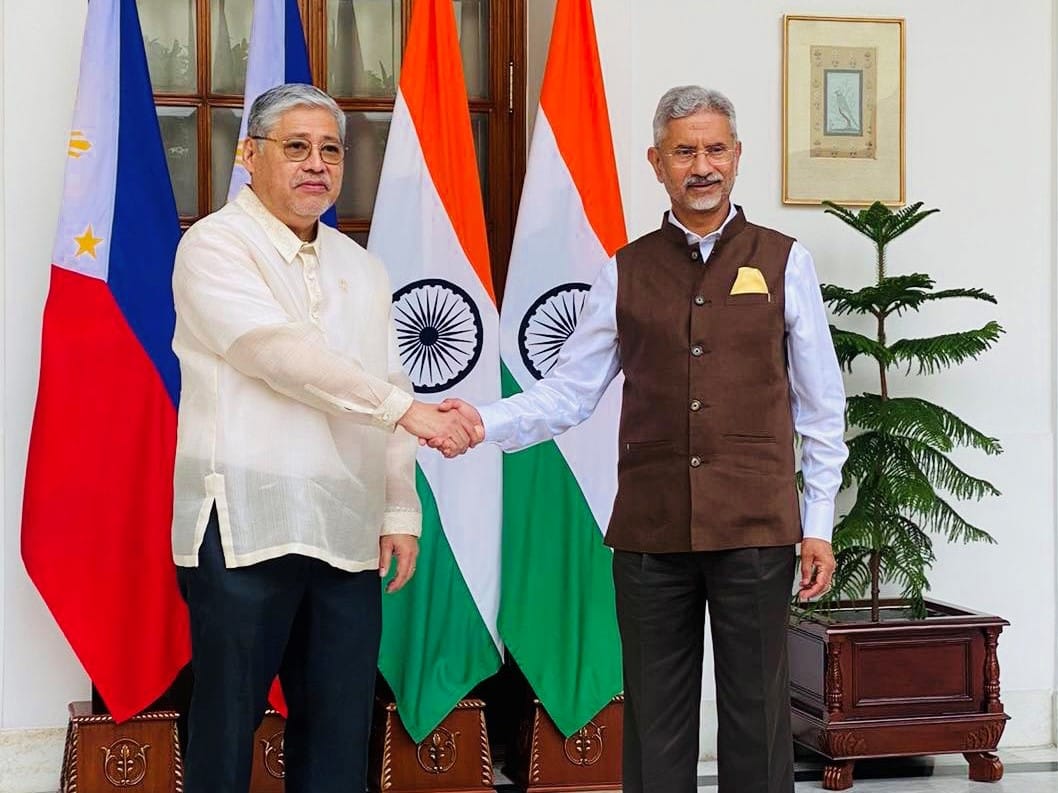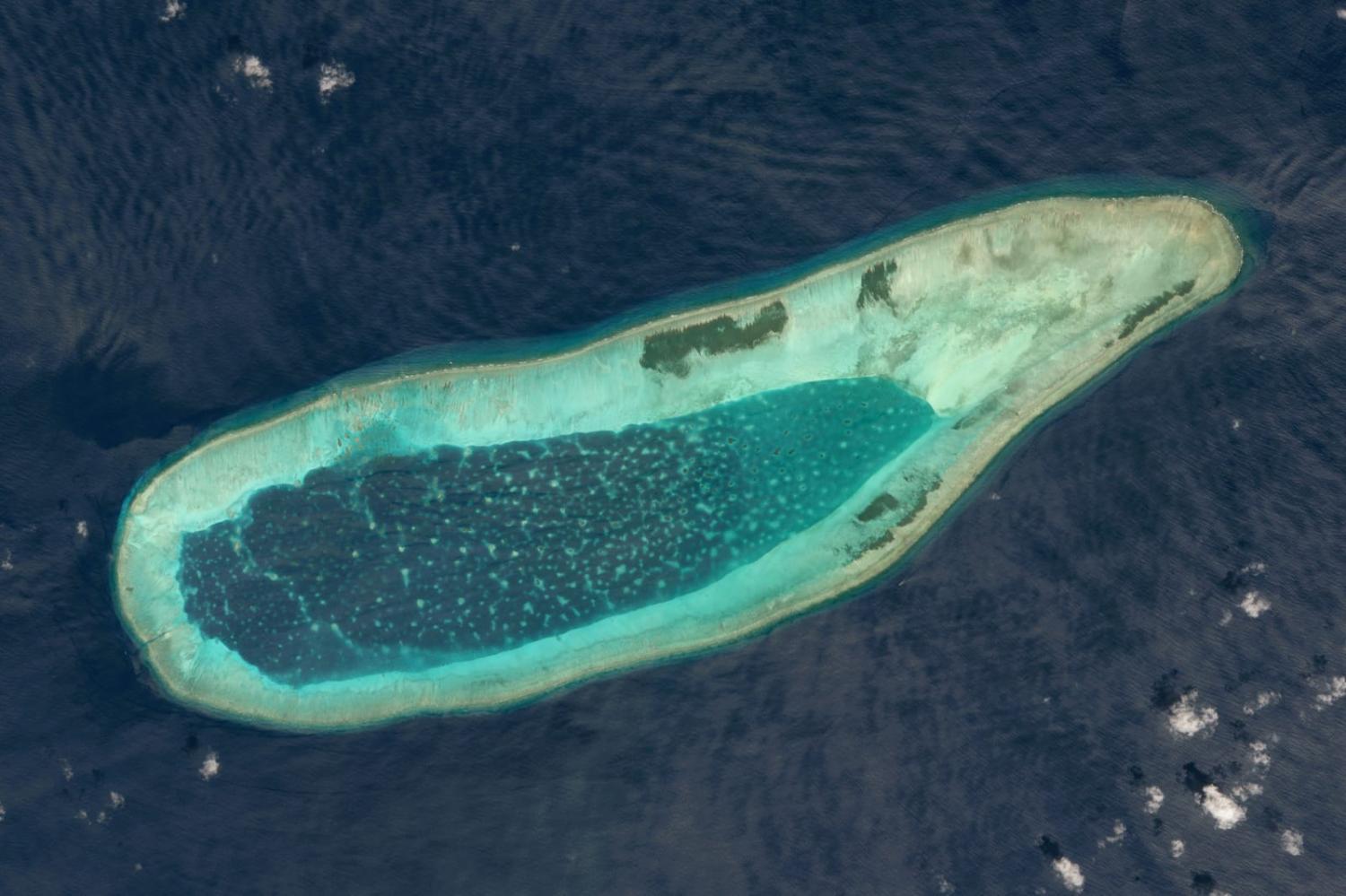An India-Philippines joint statement last month has caused a stir. Subrahmanyam Jaishankar, India’s Foreign Minister, and his Filipino counterpart, Enrique Manalo, issued a joint statement on 29 June calling for China to abide by the 2016 arbitral award on the South China Sea. It sparked a flurry of commentary in the media speculating a shift away from India’s long-standing neutrality on competing territorial claims in Southeast Asia. While India has long supported norms enshrined in the UN Convention on the Law of the Sea (UNCLOS), some experts pointed out, this was the first time that New Delhi had explicitly called on China to heed the arbitral tribunal’s 2016 ruling.
The development – although significant – ought to be viewed in perspective. A joint statement by countries seeking improved ties follows diplomatic practice. Not infrequently, one side pushes the other to take positions the latter may not be entirely comfortable with but is potentially open to considering as the matter is deemed a core interest by its partner. This is often the case with Southeast Asian states and their partners in Asia and Europe.
When the G-7, the Quad, and the European Union expressed their support for the Philippines’ claims in the South China Sea last month, for instance, some member states were wary of the prospect of riling China. Yet, they said what had to be, knowing full well that China would object. It did. Beijing slammed the move, terming it a blatant interference in its internal affairs.
It’s not as if geopolitics is the sole factor influencing the implementation of rules and norms in the South China Sea. Countries in the Indo-Pacific have a legitimate interest in maintaining maritime peace and stability. Many regard the UNCLOS principles of freedom of navigation, overflight, and unhindered commerce as essential for regional trade. As a firm proponent of a rules-based maritime order, India has sought to expand its maritime presence in the Indo-Pacific region, including in the Western Pacific, where Indian naval forays and operational exercises have grown incrementally.
India has also developed close ties with Southeast Asian countries such as the Philippines, which recently signed a contract with New Delhi for the supply of three batteries of the Brahmos missile. Vietnam, another of India’s close partners in the region and a beneficiary of a $100 million line of credit to procure high-speed patrol boats, is set to receive a stealth warship, the INS Kirpan, from the Indian navy.

Yet drafting a joint declaration with the Philippines is likely to have been a tricky proposition for Indian officials. In the wake of India-ASEAN naval drills in the South China Sea in May, there was already speculation that Indian reservations about challenging Chinese unreasonable claims in Southeast Asia had begun gradually dissolving. At this juncture, some Indian officials are likely to have argued that a joint statement favouring Manila would detract from India’s neutral stance on the South China Sea disputes. Even so, China’s assertive posturing in the waters of the Philippines is likely to have compelled Indian policy planners to agree to a reference to the 2016 arbitral tribunal as a form of diplomatic pushback to China.
This is about as far as New Delhi could be willing to go on the matter. For three reasons, Indian decision-makers are likely to continue to be cautious about the contests in the South China Sea.
First, India isn’t a party to regional disputes and does not want to meddle in affairs that do not directly concern it. For all its rhetoric on norms and a rules-based order, New Delhi remains clear-eyed about the costs of Indian interference in the waters east of Malacca.
Second, Indian policymakers know Beijing operates from a position of strength, where it has physical control over some islands in the South China Sea. Possession of these features gives Beijing the ability to exert strategic control over disputed territories, riding roughshod over the claims of other regional states.
Third, and perhaps most importantly, India is keen to preserve balance with China in the Indo-Pacific region. India’s political elite realise that China is a much stronger military power with a significant presence in the Western Pacific and the Indian Ocean. If India were to maintain a distance from the South China Sea – a space Beijing considers a strategic backyard – chances are Beijing will respect India’s sphere of influence in the Indian Ocean.
With a growing trade through the Malacca and Singapore Straits and oil interests off the coast of Vietnam, India’s stakes in the Western Pacific are essentially economic. New Delhi knows it has little capacity to project sustained power in the South China Sea. India’s occasional joint statements with friendly ASEAN powers invoking maritime norms in Southeast Asia are meant only to signal to China that India won’t interfere in the regional littorals if Beijing respects Indian redlines in the Himalayas and the Indian Ocean.
That may well be the prudent thing to do. India’s core maritime interests lie in the Indian Ocean, where China’s expanding footprint is yet to cross a critical threshold. If China begins to encroach on India’s strategic space in the Andaman Sea, New Delhi would certainly be compelled to respond across a wider swath, including possibly in the South China Sea. Until then, India won’t likely revise its security posture in the littorals east of Malacca.

